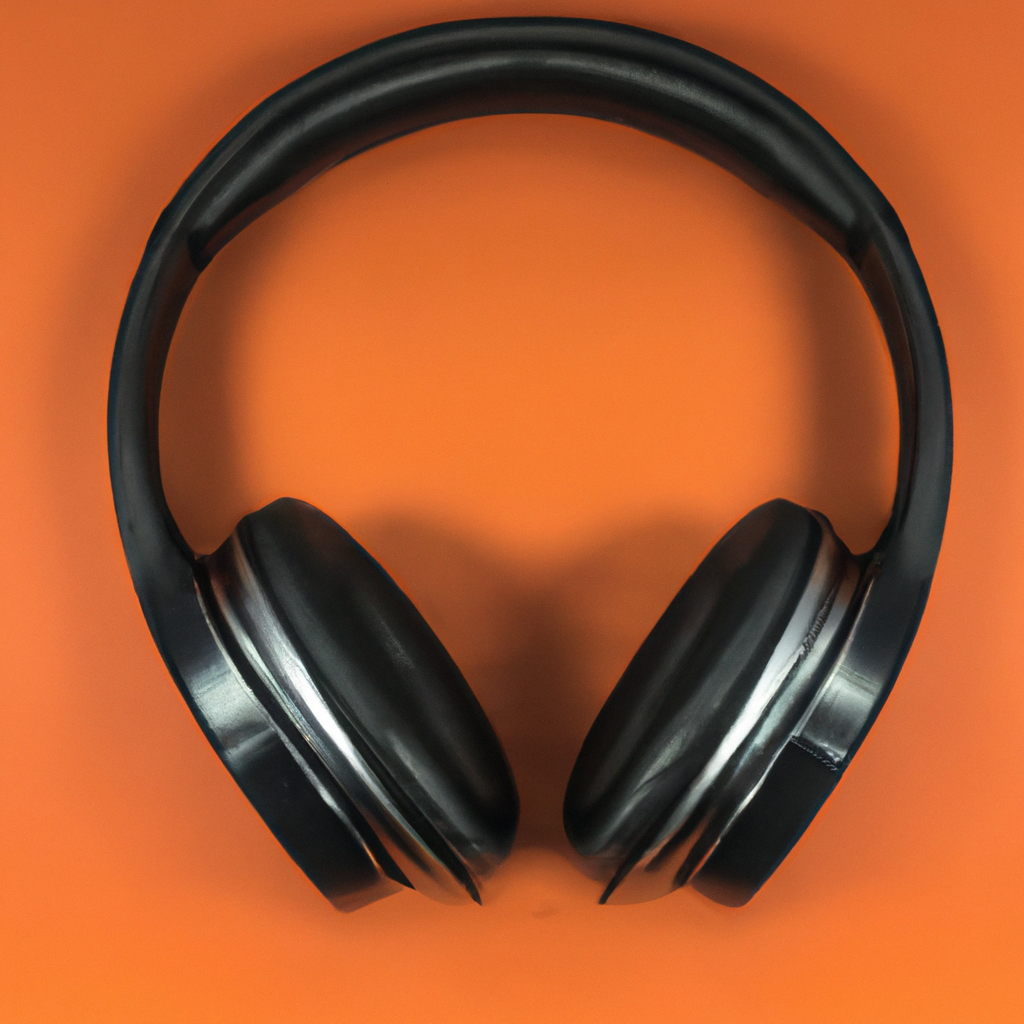Finding the Perfect Pair: A Comprehensive Guide to Choosing the Right Headphones
In a saturated market of headphones, it can be challenging to determine which pair will best meet your needs. Are you looking for headphones for exercise or travel or music production? Let's explore the essential features that differentiate headphones and assist you in finding the perfect pair.

In a saturated market of headphones, it can be challenging to determine which pair will best meet your needs. The right pair for you ultimately depends on your specific requirements and circumstances. Are you looking for headphones for exercise or travel? Will they mainly be used for casual listening or music production? Let's explore the essential features that differentiate headphones and assist you in finding the perfect pair.
1. Types of headphones
Different headphones fit on and around the ears in various ways. Here are the most common types available today:
- In-ear headphones: Also known as earbuds, these small devices fit partially within the ear and are great for activities like exercising or commuting. They are compact and can limit ambient noise.
- Over-ear headphones: Designed to cover the entire ear, these headphones are ideal for music production or serious listening. They provide excellent sound quality and isolation but may be less portable.
- On-ear headphones: These fit on top of the ears without fully enclosing them. They offer a balance between portability and sound quality, making them suitable for DJing or general use.
2. Open-back vs. closed-back headphones
If you opt for over-ear headphones, you should know about the two distinct styles available:
- Open-back headphones: These have earcups intentionally designed to allow some sound to escape. They offer a more spacious listening experience but may not be suitable for environments where sound leakage is an issue.
- Closed-back headphones: These create a seal between the listener's ears and the outside world, preventing sound leakage. They are ideal for recording live audio without interference but provide a slightly different listening experience.
3. Wireless connectivity
Wireless headphones offer convenience, especially for commuters or frequent travelers. They eliminate the hassle of tangled cords and allow you to move around freely without losing audio. However, wireless transmission may result in a slight drop in audio quality. Additionally, these headphones require a charged battery and can only be used with devices that support wireless audio transmission (typically through Bluetooth).
4. Noise cancellation
For those who desire complete auditory isolation, noise-canceling headphones are a great option. They allow you to tune out the outside world completely. However, like wireless headphones, they have a few potential drawbacks. Examples of popular noise-canceling headphone models include Bose's QuietComfort series and Sony's WH1000-MX4.
5. Frequency response
If you plan to use headphones for music production instead of studio monitor speakers, it's crucial to consider the frequency response. This measurement indicates how accurately the headphones reproduce sound across different frequencies. Many headphones enhance the low-end and reduce the high-end to create a more pleasant listening experience. Understanding a pair's frequency response will help you compensate when mixing music.
6. Headphone impedance
When searching for professional-use headphones, impedance becomes an important consideration. Consumer headphones typically come with lower impedance values, making them compatible with devices like computers or smartphones. Higher impedance models require professional-grade audio interfaces or amplifiers to achieve the same sound levels. While they may be less portable, they offer better bass definition, stereo image, and dynamics.
7. Comfort and cost
Comfort is vital when you consider that you'll be wearing your chosen headphones for extended periods. It's helpful to read reviews and gather insights from others' experiences since some headphones may become more comfortable over time. Cost is another major factor, and it's essential to align your budget with your intended use. For activities like daily exercise or music production in a sound-sensitive environment, investing in a durable, higher-quality pair may be beneficial.
Additional tips:
- While most headphones are suitable for starting a track, it's advisable to switch to more suitable options like over-ears or studio monitor setups when it comes to mixing.
- Trying headphones before purchasing is ideal, whether through in-store demos, trial offers, or borrowing from a friend.
- Consider exploring additional resources on audio technology to expand your knowledge and understanding.
We hope this article has provided you with valuable insights to help you select the perfect pair of headphones. If you have any questions, please leave them in the comments below.
To continue learning about audio technology, you can explore our collection of guides on various topics right here on the Aux Connect blog.
